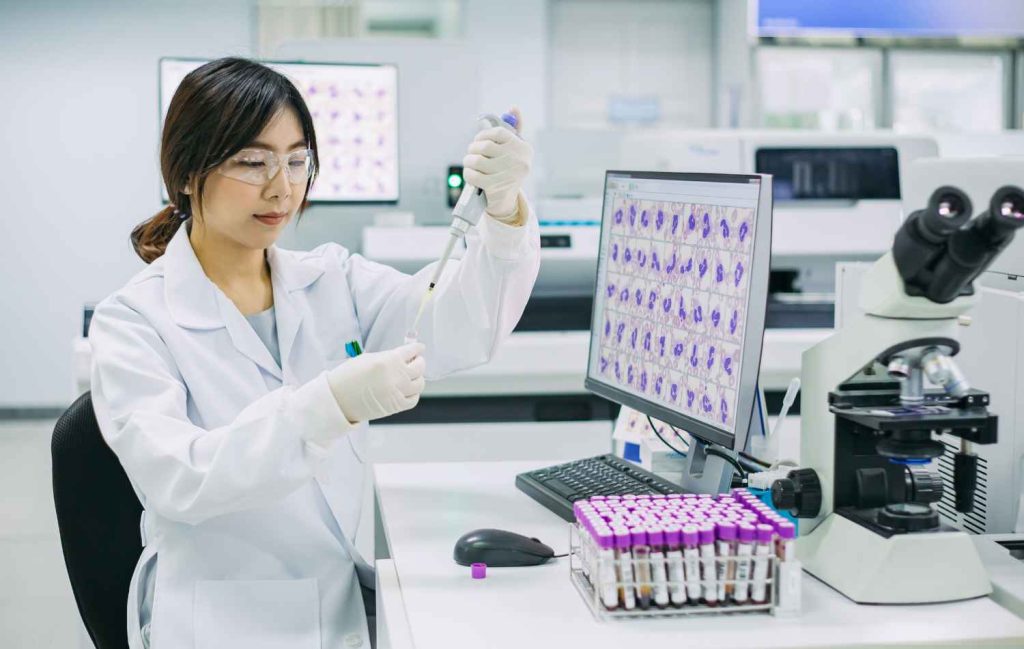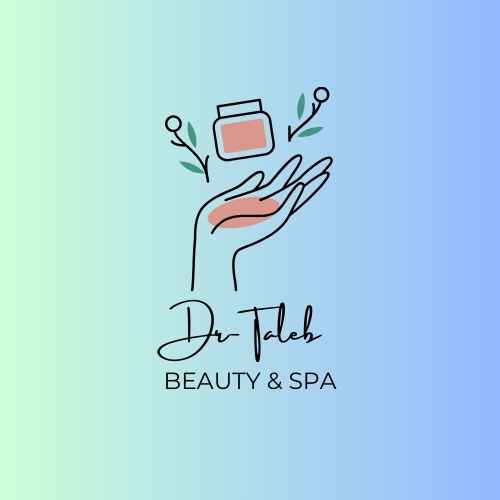
What Is Medical Device Testing and Why Is It Important?
Medical device testing is a critical process that ensures medical devices are safe, effective, and meet regulatory standards before they reach the market. This testing involves a series of evaluations, including biocompatibility tests, electrical safety tests, and performance verification, to name a few. The importance of medical device testing cannot be overstated. First and foremost, it safeguards patient health by preventing the use of defective or dangerous devices. Secondly, it protects manufacturers and suppliers from legal and financial repercussions associated with distributing non-compliant products. Finally, thorough testing supports innovation in healthcare by verifying that new devices offer tangible benefits over existing solutions. In essence, medical device testing is a fundamental step in the development of medical technologies that save lives and improve the quality of life for millions around the world.
What Are the Initial Steps to Begin Medical Device Testing?
Initiating medical device testing involves a series of well-defined steps to ensure the process is both efficient and compliant with regulatory standards. The first step is to define the scope and purpose of the testing. This involves understanding the device's intended use, the potential risks associated with its use, and the specific regulatory requirements it must meet.
Following this, it is crucial to conduct a thorough risk analysis. This analysis identifies potential hazards and evaluates the severity and probability of these risks, guiding the development of testing protocols to mitigate them.
The next step is to develop a detailed testing plan. This plan should outline the types of tests to be conducted, the methodologies to be used, and the standards to be met. It should also include timelines and responsibilities for each phase of testing.
Finally, assembling a qualified team is essential. This team should include experts in regulatory affairs, quality assurance, and the specific technical aspects of the device being tested. Their expertise is critical in navigating the complexities of medical device testing and ensuring that the process leads to safe, effective, and compliant products.
How to Identify and Understand Compliance Requirements?
Identifying and understanding compliance requirements is a critical step in the medical device testing process. Compliance ensures that a device meets the necessary safety and efficacy standards set by regulatory bodies, which vary depending on the device's intended market.
The first step in identifying compliance requirements is to determine the regulatory jurisdiction(s) where the device will be marketed. Each region, such as the United States, European Union, and others, has its own set of regulations and standards. For instance, in the United States, the Food and Drug Administration (FDA) regulates medical devices, while in Europe, devices must comply with the Medical Device Regulation (MDR).
Once the relevant jurisdictions have been identified, the next step is to thoroughly review and understand the specific regulatory requirements for medical devices in those regions. This includes standards for safety, performance, and labeling, among others. Regulatory documents and guidelines provided by the authorities offer comprehensive details on these requirements.
Additionally, staying updated with changes in regulations is vital, as these can impact compliance strategies. Regulatory bodies often provide updates through official websites, newsletters, and notifications. Attending industry conferences, participating in workshops, and engaging with professional networks can also provide insights into regulatory trends and best practices.
Seeking advice from regulatory consultants or legal experts specializing in medical device regulations can further aid in navigating the complex landscape of compliance requirements. These professionals can offer guidance tailored to the specific needs of the device and the targeted markets, ensuring that the testing process aligns with the latest regulatory standards.
What Are the Challenges in Ensuring Compliance?
Ensuring compliance in medical device testing presents several challenges, primarily due to the complexity and variability of regulatory requirements across different jurisdictions. One of the key challenges is keeping up with the constantly evolving regulatory landscape. Regulatory bodies frequently update standards to reflect technological advancements and emerging safety concerns, requiring manufacturers to continuously monitor and adapt to these changes.
Another challenge is the interpretation of regulatory guidelines. The language used in regulatory documents can be highly technical and open to interpretation. This ambiguity can lead to discrepancies in understanding and applying the guidelines, potentially resulting in non-compliance.
The diversity of medical devices, ranging from simple instruments to complex machinery, adds another layer of complexity. Each category of devices may have unique testing requirements, making it difficult to develop a one-size-fits-all approach to compliance.
Resource constraints also pose a significant challenge. Comprehensive testing and compliance processes require significant investment in terms of time, expertise, and financial resources. Smaller manufacturers, in particular, may struggle to meet these demands, potentially compromising the thoroughness of testing and documentation.
Finally, global market aspirations amplify these challenges. Manufacturers aiming to distribute their devices internationally must navigate and comply with the regulatory requirements of each target market, multiplying the complexity of achieving compliance.
How Can Companies Overcome These Challenges?
Overcoming the challenges of ensuring compliance in medical device testing requires a strategic and informed approach. One effective strategy is investing in continuous education and training for the team involved in the development and testing of medical devices. Keeping abreast of the latest regulatory changes, standards, and best practices through workshops, seminars, and industry conferences can significantly enhance a company’s ability to remain compliant.
Utilizing technology and software solutions designed for regulatory compliance can also streamline the process. These tools can help manage documentation, track regulatory changes, and ensure that all aspects of device testing align with current requirements. They can automate many of the tedious tasks associated with compliance, reducing the risk of human error.
Building relationships with regulatory experts and consultants is another key strategy. These professionals can offer valuable insights into navigating complex regulatory landscapes, interpreting guidelines accurately, and developing effective compliance strategies. Their expertise can be particularly beneficial when entering new markets or dealing with highly innovative medical devices.
Additionally, adopting a proactive compliance mindset from the early stages of device development can alleviate many challenges. By integrating regulatory considerations into the design and testing processes, companies can anticipate and address potential compliance issues, ensuring a smoother path to market approval.
Lastly, fostering open communication with regulatory bodies can help clarify ambiguities and ensure that all compliance efforts are aligned with current expectations. Engaging with these authorities throughout the development and testing process can provide invaluable guidance and support.
